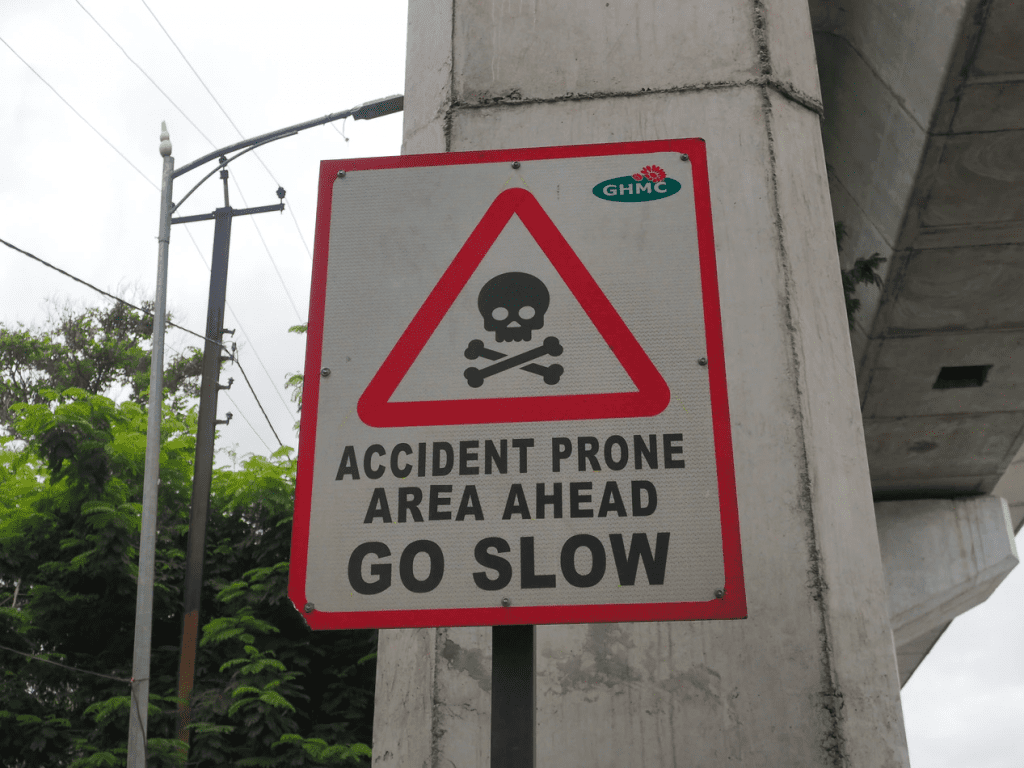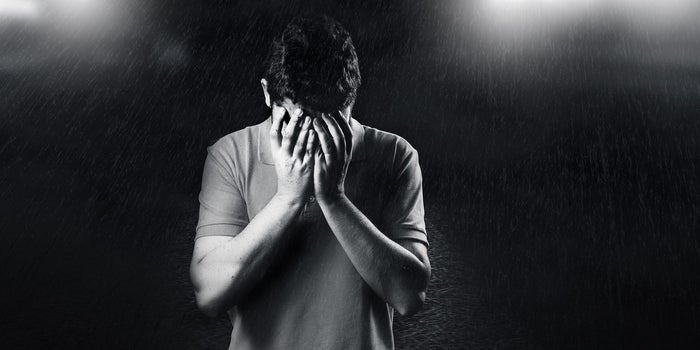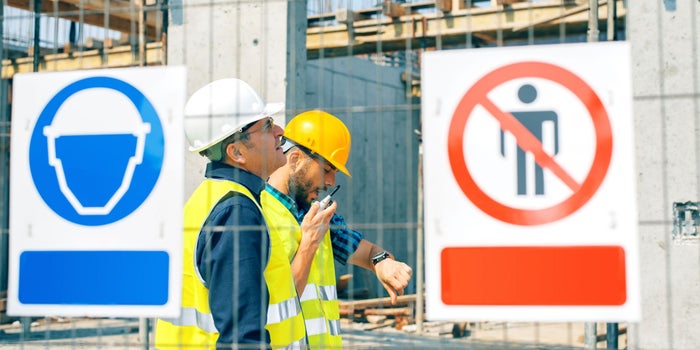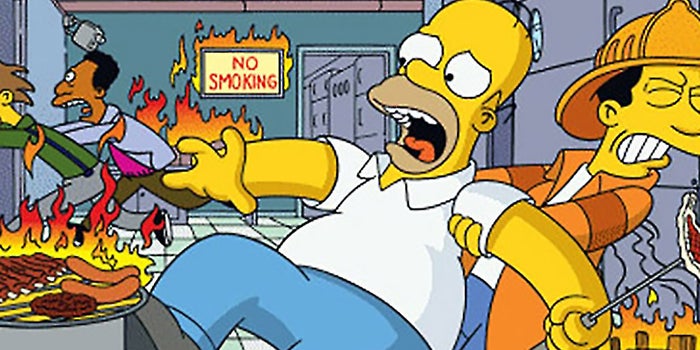 Image - free for commercial use
Image - free for commercial use
Some workplace hazards, like working at heights or working with heavy machinery, are well known and are usually covered by the safety procedures of an organisation. There are, however, lots of often looked hazards in a workplace that can be a big threat to the safety and health of your employees. Here are some of the most often overlooked safety issues.
Stress
Stress can affect any worker in any industry, including healthcare, manufacture, transportation, and more. Long days, an increased workload, financial pressures, and job instability call all create tired, stressed-out employees.
Stress can lower productivity, but it can also put people at risk of both physical and mental illness, such as anxiety and depression. A large proportion of healthcare claims in the workplace can be traced back to stress.
Stress can lead to mistakes, or further issues, especially if an employee turns to drugs or alcohol to relieve stress. Reduce the risk of this by offering employee training for the drug-free workplace.
Distractions

Staying safe at work will depend on a staff member’s ability to pay attention to their surroundings and anticipate possible hazards. Despite this need, the modern worker has more competing for their attention than ever before, which can make focus difficult. Email, texting and using headphones can all be a distraction, and contribute to accidents at work.
Poor Ergonomics
Ergonomics is the science of designing a work environment to fit the person working in it. Without proper and well-thought-out ergonomics, tasks like lifting heavy objects, reaching overhead, performing repetitive tasks, ow working at a desk can lead to problems including fatigue or musculoskeletal injuries. A large portion of injury and illness cases in many workplaces are caused by poor ergonomics.
Working Alone
Working alone is common in a lot of industries, such as truck drivers, night shift workers, home health care nurses, and business travellers. Keeping a lone worker safe can be difficult and presents a number of challenges.
Working alone can have an increased risk of injury, especially if the worker has to complete difficult or dangerous tasks. If someone who works alone is injured, there isn’t anybody for them to call for help or to provide emergency medical attention. Without other workers present, there is no way to tell how long it might take for someone to become aware that there is a problem.
Bullying and Harassment

Bullying and harassment in the workplace are usually thought of as purely an HR issue. However, both of these things can have a real impact on the physical and mental health of your workers. Research has shown that workers who are victims of harassment at work can develop anxiety, depression, or even post-traumatic stress disorder (PTSD). Suffering from bullying has also been linked to higher levels of drug or alcohol use. In extreme cases, it can even lead to suicide.
Temporary Workers
A huge number of workers across many different industries are considered temporary workers. Many of these temporary workers are people who perform dangerous jobs, and they are often asked to do this without adequate training on job-specific hazards or safety procedures and practices. Compensation claims are more likely to be made by temporary workers who have not been properly looked after than by permanent employees who get better safety training.
Safety Systems
An essential part of any safety program is collecting and analyzing safety data. This should include incident reports and near-miss observations. Despite this, a lot of organizations lack effective systems for properly reporting and addressing safety issues. Without systems like this in place, you can easily miss out on many valuable insights that could help prevent injuries and accidents in the future.
Hydration

Few businesses think much about whether their employees are properly hydrated. However, a labourer who is dehydrated is far more likely to handle a material improperly and is less likely to be aware of their surroundings. Someone working outdoors while dehydrated is at a higher risk of heatstroke. Dehydration increases your risk of developing cardiac complications during routine labour. While performing even routine tasks, it’s important for employees to have the option of regular breaks in order to drink water, especially on hot days.
Volatile Materials
It’s not uncommon for staff to fail to read material data sheets properly, leading to the inappropriate and even dangerous handling of unsafe and hazardous materials. Before handling anything dangerous, it is essential that proper PPE is put on and to be dressed appropriately to work with substances that could be volatile.
Slips, Trips and Falls

Most employers know they need to prevent slips, trips, and falls in the workplace, but they don’t always account for the full range of potential risks that can lead to accidents like this.
In some work environments, hoses and cables are essential but can be a risk for tripping if they are allowed to trail along the floor. Poor lighting can also contribute to falls if a lack of visibility makes it hard to negotiate obstacles or uneven surfaces.
You should also consider the different factors that can make a surface slippery. Even a puddle can be treacherous in the wrong circumstances. Some kinds of flooring, including tiling, buffed concrete, or badly fitted carpet have risks of their own.
The people who are in charge of your health and safety in the workplace should make sure that any surfaces are kept as clean and well-maintained as possible. Staff should be encouraged to remain aware of their surroundings in areas where falls or trips are a higher risk that can’t be entirely eliminated. You can also make use of anti-slip matting and tape can make a big difference too.
Not Buying Everything In Preparation
You have to ensure that you’re fully prepared for any kind of eventuality. Sure, you can never predict the future and you never know what might happen, but you can give yourself every advantage. You also have a brief idea of the kinds of disasters that can happen. Working with hazardous materials, for instance, will require an oil spill kit or something similar to help with issues there. You’ll also need all of the fundamental health and safety kits such as extinguishers and life-saving equipment. Not getting everything ready is a negligent act.
Your next steps
By noticing and addressing these often overlooked safety issues in the average workplace, you can make a much safer and healthier place for your employees to be. Your health and safety policy must be thorough and should be reviewed regularly to make sure it is working and covers all the possible hazards of your work environment.




